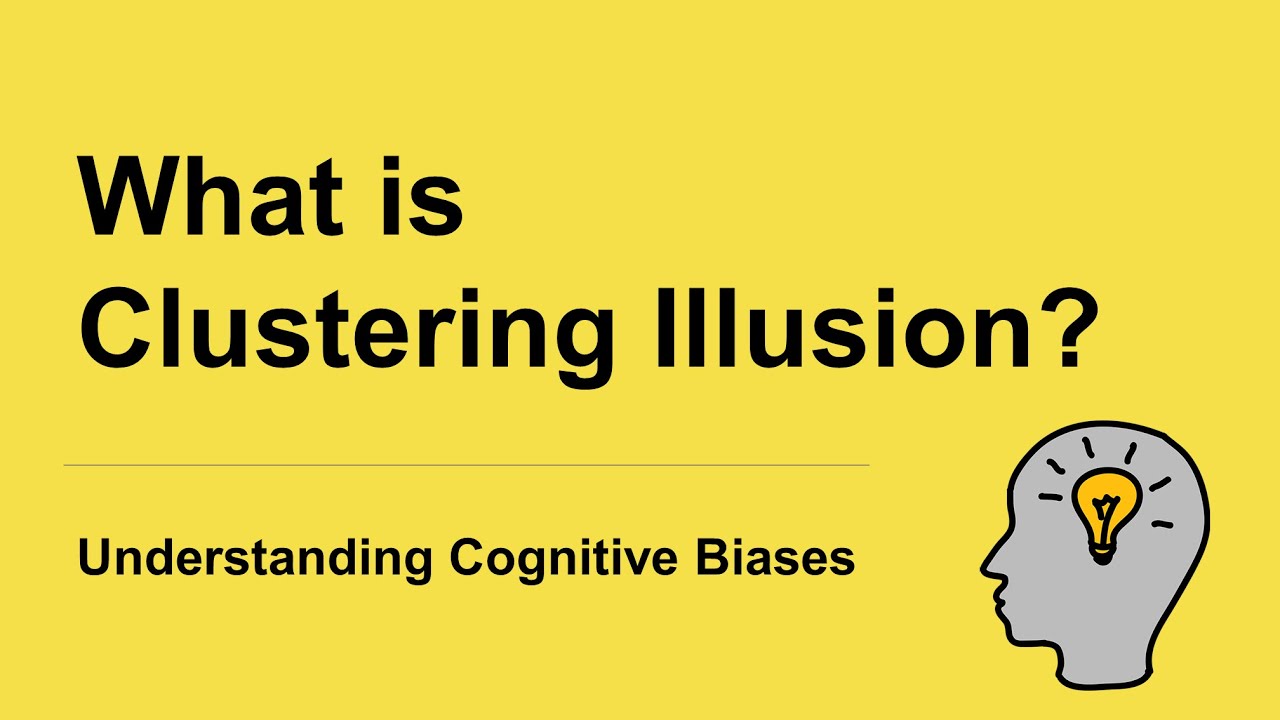The clustering illusion is a cognitive bias in which individuals perceive patterns or clusters in random or unrelated data, even when no such patterns exist. People tend to see connections and order in data where there is none, leading to incorrect conclusions and beliefs.
Explanations:
The clustering illusion arises from the human brain’s inherent tendency to seek out and impose patterns and structure on information, even when none is present. This bias is a product of our desire to make sense of the world and to find order in chaos.
Examples:
Random Events: Observing a series of coin flips and believing that there is a pattern or that the next outcome can be predicted, even though each flip is independent.
Superstitions: Believing that specific behaviors or rituals bring good luck based on coincidences, even though there is no causal relationship.
Horoscopes: Seeing patterns or meaningful predictions in horoscopes that are intentionally vague and general.
Solutions:
Critical Thinking: Develop critical thinking skills to evaluate whether patterns are statistically significant or merely coincidental.
Statistical Analysis: Use statistical methods to determine whether observed patterns are statistically significant or can be attributed to chance.
Awareness: Be aware of the clustering illusion and its potential impact on your judgment and decision-making.
Skepticism: Approach claims of patterns or connections with skepticism and seek evidence to support such claims.
Addressing the clustering illusion involves being cautious about perceiving patterns and connections in random or unrelated data. By applying critical thinking and statistical analysis, individuals can avoid drawing incorrect conclusions based on this bias.
